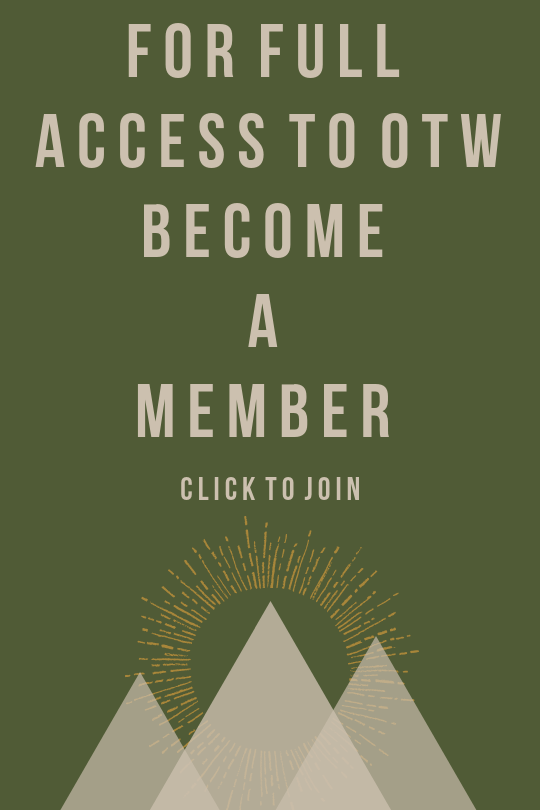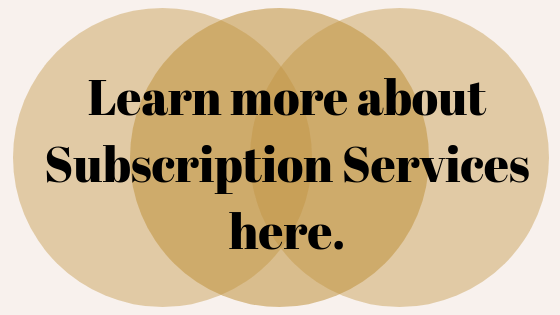GROUP EMDR
For accessibility and harnessing the power of a group
Through this deeper work, we bit by bit reconnect, return, and reclaim untamed, intuitive and unique parts of Self through a wildly successful modality partnered with the power of a pack of people and how potent that can be.
Eye Movement Desensitization and Reprocessing (EMDR) therapy is an extensively researched, effective psychotherapy and physiological therapy technique that assists the brain in effectively healing trauma, grief, PTSD, anxiety, depression, panic disorders, and various other issues. EMDR Intensives pack the benefits of EMDR therapy into the most effective and efficient method for creating lasting healing change into a short amount of time. You can learn more HERE.

What Is Group EMDR?
Group EMDR (Eye Movement Desensitization and Reprocessing) is a therapeutic approach where multiple individuals participate in EMDR therapy simultaneously instead of just 1:1 with a practitioner. Here, I also have tweaked the format to be tailored to the individuals chosen to be in the room together, including mindfulness, breathwork, expressive arts as well as time to journal and reflect in any medium chosen. Group EMDR allows for people to experience the power of the room and of deep-dive EMDR sessions when not always financially accessible.
While there are invitations to share with the group, this is not mandatory. We will open and close the day together, but it is always up to each person to determine what they are comfortable naming.
2026 Offerings & Group Sizes & Locations:
Groups of 5-7
Primarily offering in Topanga and Idyllwild, CA
Possibility to bring to other areas with enough participants
Thank you for being here.
Micha
Benefits of Group EMDR?
- Less Barrier to Entry with Costs Group therapy is often more affordable than individual therapy, making EMDR more accessible for those who may not have the resources for one-on-one sessions, as EMDR is still an intensive modality for the practitioner and client and thereby generally somewhat costly.
- Reduced Isolation, More Power in the Room: Group EMDR can help people feel less alone and more connected with others going through similar challenges and just bring a potency to the room through witnessing others approach challenging feelings and experiences and even profound ones.
- Shared Learning: We always learn from other’s journeys and almost always experience a form of “me too” when we see how similar shared humanity is, despite very different backgrounds, cultures and more. It’s also powerful to witness others’ progress, which can be motivating.
How is Group EMDR Structured?
Group EMDR follows much of the protocol of individual EMDR therapy, but I approach both the same way: tailored to the individuals in the room and what themes are present and what approaches would enhance the experience.
- Initial Individual Intake/Session: I always schedule a 90-minute session with a potential group participant to build safety, to explore if group or continued individual therapy is indicated and to craft the group day with each person’s intentions in mind.
- Initial Group Sessions: Before we start the day, I lead the group through some preparation and some grounding. I make space for introductions, establishing ground rules and confidentiality, and talking through the day, while most of all focusing on establishing comfort. Here I may bring in some breathwork, some journaling, some simple somatic exercises and some grounding/meditation.
- The Processing Phase: This is the focal point of the day, where each participant works on their own specific memory, intention, whatever their focus may be, while the group is mostly moving through the same segments of EMDR. For example, in individual EMDR, you would focus on a particular trauma memory, negative belief, and preferred positive belief while the therapist facilitates the bilateral stimulation. We still move through some of these.
- My Role as Facilitator: I take my part as facilitator very seriously and with that keep groups small and to bring together people, ideally, who are working with thematically similar content or at places in their rewilding journeys that feel complementary. Being a group facilitator means tracking each person and keeping an energetic current intact for the whole day of safety and care.
- Processing and Check-Ins: Between the grounding and rounds of EMDR, I check in with the group and each person as needed.
- Post-Session Session: I ask that each participant share a one-hour session with me so that we can give private and deliberate space to the insights and experience and honor it further. Here, I also provide my recommendations on ways to continue to journey, possible practitioners to work with and groups to join and offer any insights I can.
Testimonials





